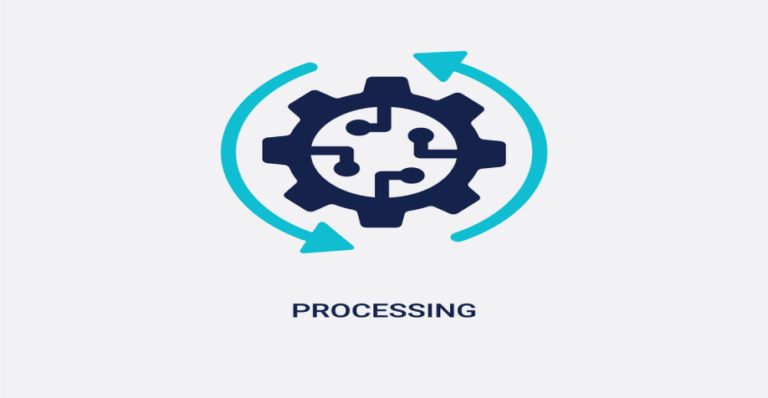Credit Card Processing Transaction Types
Credit card processing includes many different types of transactions outside of the common purchase, where a consumer uses their card to pay for a purchase right away and the business owners received the funds from the transaction. On any given day you might use your credit card to fill up your tank on the way to work, return an item to a retailer, or check in to a hotel room, each of these situations would require the merchant to run a different type of transaction using your credit card. Here is an overview of the different type of credit card :


Purchase
A credit card purchase is the most common and straightforward transaction type, wanting to receive payment for a purchase from their customer, a merchant will process a credit card sale, the credit card information along with the amount of the sale is sent to the processor. The processor then sends all the transaction information to the card network, which then asks the customer’s issuing bank to approve the transaction and requested amount, if approved, an approval code is returned to the merchant from the processor. This is achieved in real-time, meaning that within a few seconds, the transaction was processed and approved by the card network
Pre-Authorization
A pre-authorization is very similar to a purchase, but it does not complete the sale and funds are not yet captured. Just like a purchase, the transaction is processed in real-time, and an approval code is provided to merchant for the desired amount, however, the funds are not debited from the cardholder, but instead “frozen” or “reserved” for between 7 to 10 days, when the merchant will submit a capture request to complete the sale, this type of transaction often use in hotels, car rentals, and gas stations, where the merchant needs to ensure that certain amount is available on the card, if a pre- authorization is not captured within 7 days, the funds are unfrozen and release back to the cardholder.


Capture
Also known as a force, for a capture to be successful, it must include the original approval code generated by the pre-authorization, but captures can be completed up to 30 days after the original pre-authorization, but funds are only frozen for the first 7 days, this mean that while a capture transaction could be performed on the 20th day, there is no guarantee that cardholder will still have the funds available on their credit card. Captures can be up to the full pre-authorization amount or a lesser amount, but not for than the original pre- authorization, the uncaptured amount will be released back to the card.
Void
A void is used to cancel a previously authorized transaction, for example, if the incorrect amount was entered for a credit card purchase, the transaction can be voided and then processed again for the correct amount, a void transaction will be made in real-time to the card network, telling the customer’s issuing bank to cancel the transaction and approval code, the customer will not be charged for the original transaction if it is voided. Voiding the transaction prevent interchange fees from being charged, but if it is processed as a refund, then you will not get the interchange fees back for the transaction.
Refund
Unlike a void, a refund can be performed after a batch has been settled, a refund is essentially a “negative” purchase, very similar to a stand-alone purchase transaction but with a negative amount instead of a positive, it is always recommended to void the transaction if possible, instead of performing a refund, because a voided transaction will not cause the customer to be charged for the original sale, if a refund is processed, the customer will see both the original amount and the refund amount.


Verification
A verification is essentially a $0 transaction, this is typically processed in a card-not-present scenario, where the merchant wants to verify the credit card but not actually process an amount at that time. Often, this transaction method is used to “tokenize” the credit card for later use, when you do a verification, you are checking the validity of the credit card number, expiry date, and card security. However, since no amount is sent, what is not being verified is the cardholder’s available balance.
